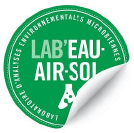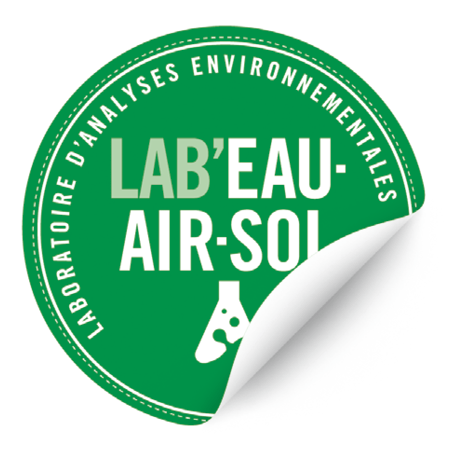Legionellosis, a serious lung infection caused by bacteria of the Legionella genus, represents a major public health issue. The infection is contracted through exposure to the bacteria, usually via airborne aerosols. Water-cooled cooling towers (WCTs), often used in commercial and industrial buildings, are particularly conducive to the proliferation of this bacterium, producing large quantities of aerosols. In Quebec, regulations on the prevention and control of Legionnaires’ disease were tightened for these types of systems following the 2012 epidemic in Quebec City’s lower town.
Testing for Legionella in these systems is therefore crucial to preventing the associated health risks. These analyses make it possible to monitor the presence of the bacteria, and to ensure that corrective measures are taken in the event of contamination.
Although only ITRE systems are listed and tested in accordance with regulations in Quebec, they are not the only systems that may be affected by this problem. Legionella can potentially reproduce in any water system kept between 20 and 45°C. The presence of stagnant water, biofilm, rust, limescale, nutrients and other microorganisms can also promote the growth of this bacterium. These conditions are, of course, potentially present in ITREs, but can also be found in many other types of water-using, aerosol-producing installations.
Since these two types of system represent different risks and pose their own maintenance and prevention challenges, it is useful to group them under separate categories. For example, the term “process water” will be used for samples from ITREs used for air conditioning, injection mold cooling, industrial chemical production, etc.
For other water-using systems that may produce aerosols, the term “drinking water” will be used instead. This refers to water in systems that deliver water to showers, faucets, fountains, spas, misters and the like.

Safety shower sign
Moreover, in August 2016 the Institut national de santé publique du Québec (INSPQ) produced, at the request of the Director of Public Health of the Agence de la santé et des services sociaux (ASSS) de la Mauricie-et-du Centre-du-Québec, a scientific opinion on the management of drinking water in hospitals. The issue here is that the hospital population is particularly at risk of developing infections caused by Legionella pneumophila.
On the subject of drinking water analyses, the document states:
The French Food, Environmental and Occupational Health Safety Agency (ANSES) considers that the health value below which the risk of legionellosis is negligible or acceptable is between 10,000 -100,000 CFU/L of L. pneumophila (ANSES 2011) in a drinking water network. However, the threshold set by French regulations is 1000 CFU/L, in order to ensure a sufficient safety margin.
Quebec laboratories generally use this 1000 CFU/L action threshold to guide the interpretation of drinking water test results. It should be noted that this threshold is 10 times lower than that currently used for ITREs, and requires laboratories to carry out additional preparation steps in order to reach this threshold. It is therefore important when submitting a request for analysis to an accredited laboratory to specify for which type of sample, process water or drinking water, these analyses are required!
Lab’EAU-AIR-SOL has a rigorous team of qualified microbiologists and chemists for your analysis needs. We are also authorized to produce maintenance programs for ITREs and drinking water systems for the prevention of Legionella.
 MEMBRE DU GROUPE EXPERTBÂTIMENT
MEMBRE DU GROUPE EXPERTBÂTIMENT